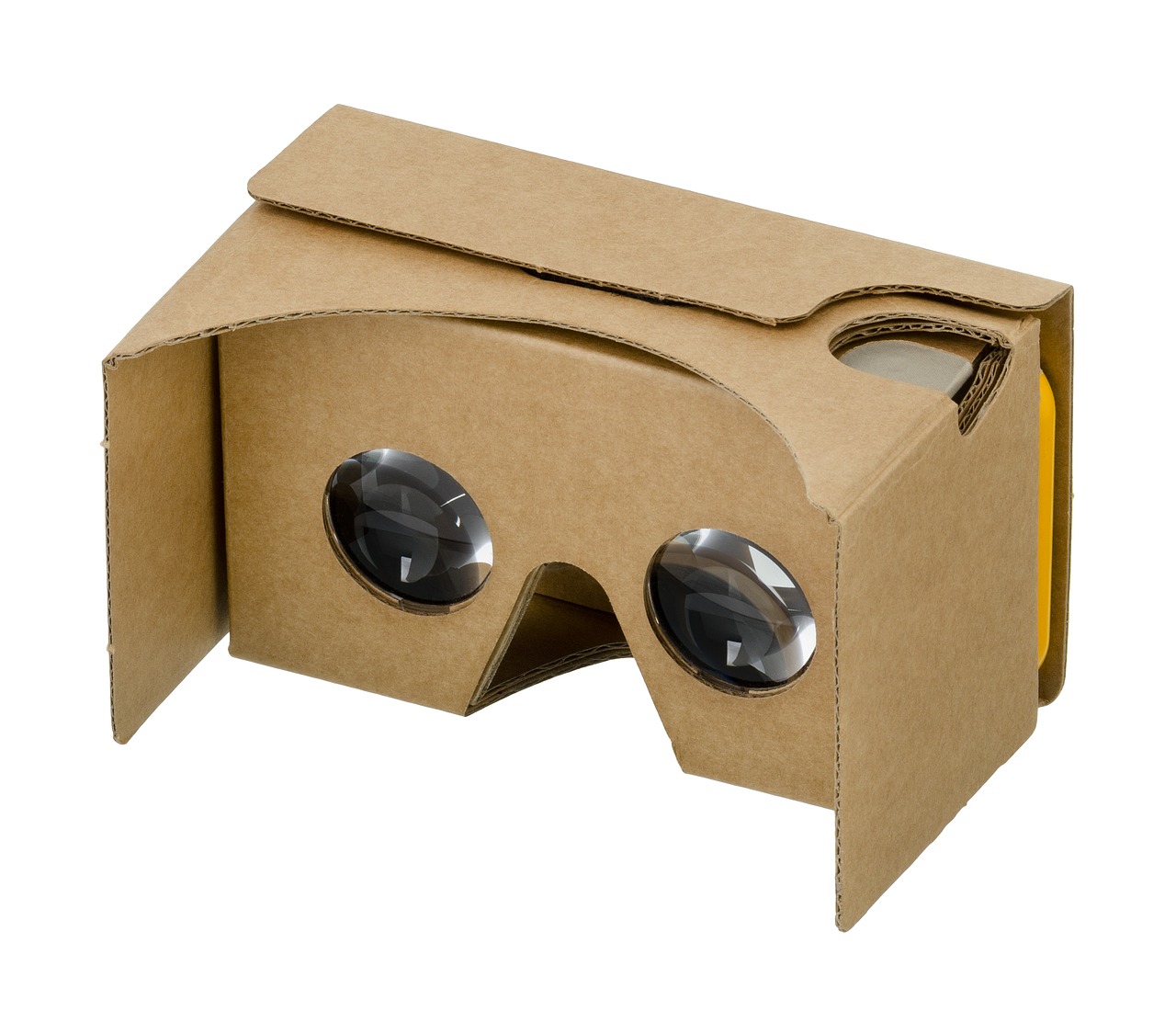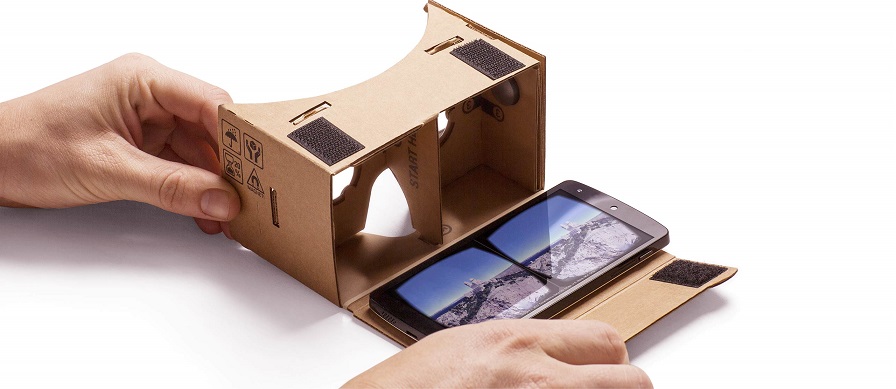It may put the user in mind of one of those old photo-viewers, with the white interchangeable circle-cards that let you click through pictures of Zebras, Giraffes and Hippopotami, or worse looking through a pair of empty, glued-together toilet-tissue roles, but combining your smartphone with the Google Cardboard ‘system’ is actually the cheapest way to wow your clients with a virtual reality tour of his new building from within your office. If you can persuade him to put it on, that is.
First, the Google Cardboard. It’s a simple piece of apparatus that fits to your smartphone and allows you to look at the screen as if it were the only thing in the room. Yes, its made from cardboard, looks faintly ridiculous, sounds mad, can be made at home using Google’s downloaded plans, and it shouldn’t cost more than about £15, but the process of viewing specially compiled pictures at such close range, while completely blocking out all peripheral vision, allows a most unusual and unique perspective. Unfortunately, it’s also rather hard to describe.
The image you’ll see through your cardboard viewer is called a Photo Sphere. Rendering one is said to be only marginally more complicated than rendering a traditional 2D image, but the effect is astounding. Looking at one with your makeshift headset in place actually gives the virtual-reality-goggles effect that we’ve all been hoping for for years. You put your client into their building design, they tilt their head up and see the ceiling and light fixtures, down and they see the floor stones, left they see the reception desk, an so on, from the same perspective that they look through every second of every day.
From a designer’s point of view – no pun intended – it’s not just a toy to amuse the client with. This technology is an important new way to help illustrate scale, adjacencies, context and space. Traditionally you would have to show the client at least three renderings that only a trained eye can use to fully grasp the relationship between the different design elements. Now your virtual reality headset shows them exactly.
Virtual reality has always been dismissed as a fantasy, a pipe dream or at least a long way off in the future, even by the architecture industry which may, arguably, derive the most benefit from it. And the systems that have come before have usually failed to take off because of sheer expense. Such a low cost option like this must finally break that barrier. Google have already shipped over half a million Cardboards, so why shouldn’t architects start putting them to good use?
See more and buy the Google Cardboard here: www.google.com/get/cardboard


